Popular search
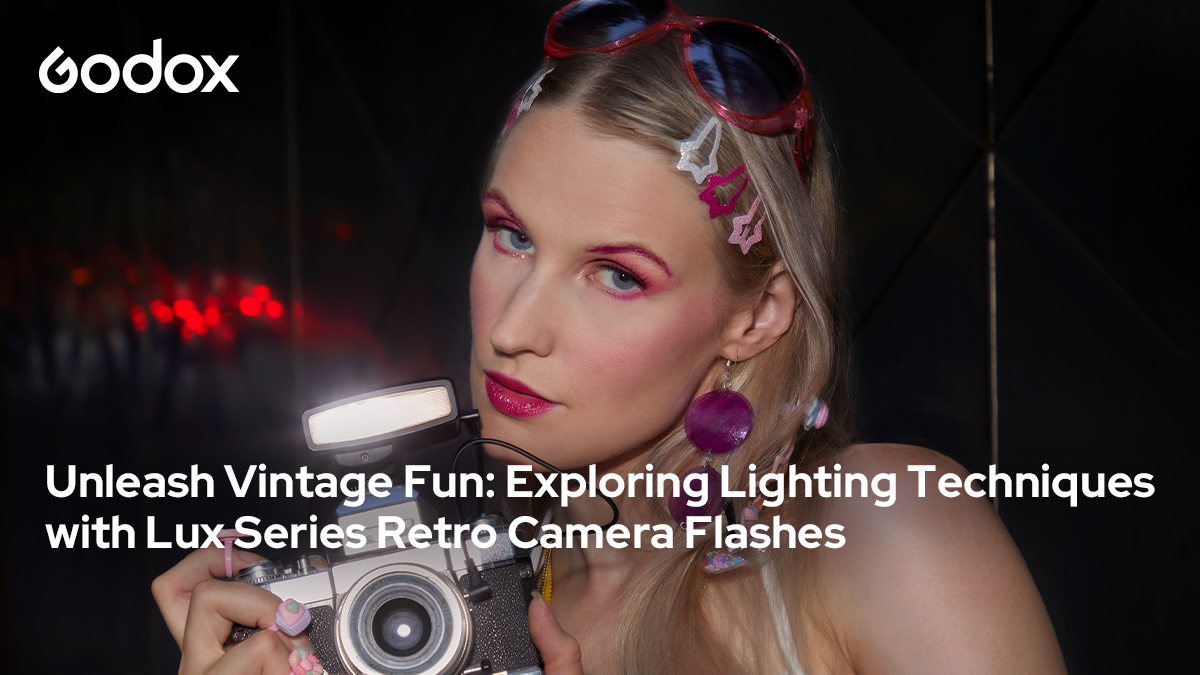
Off camera flash
Lighting techniques in photography
On-camera flash
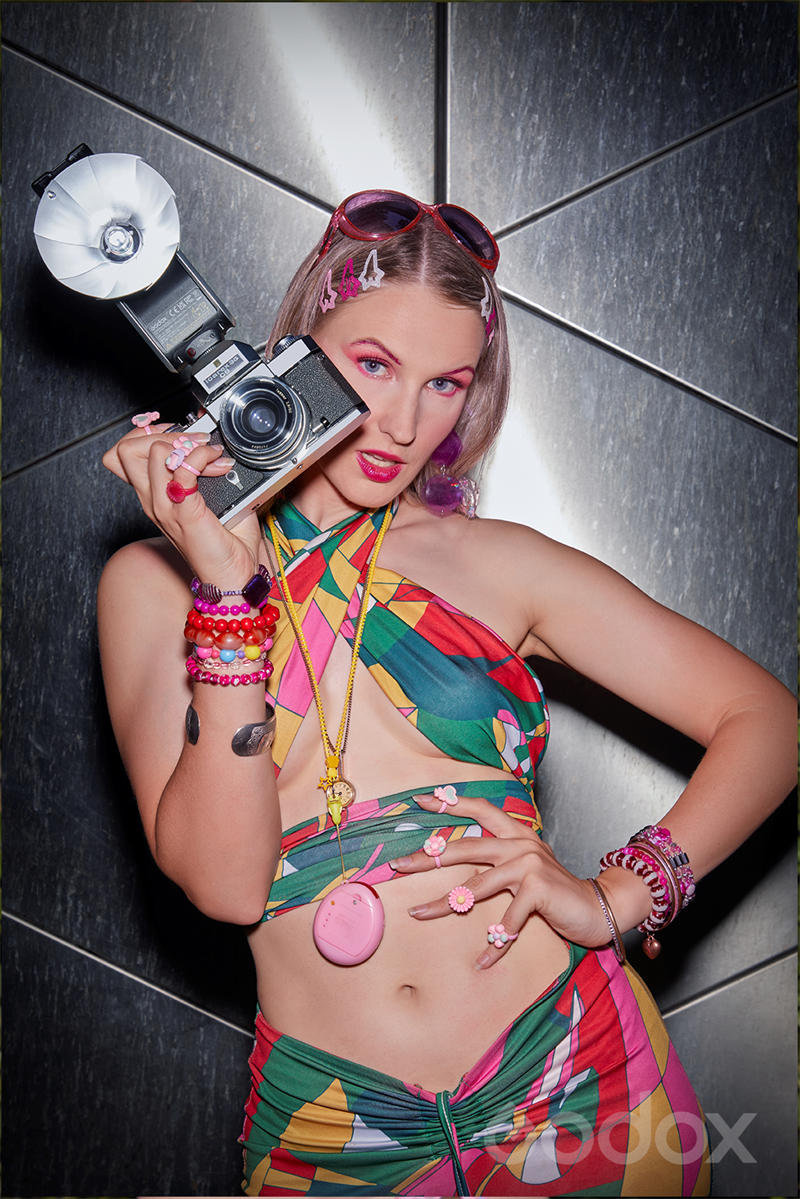
Lighting Setup 1
The name of my blog has been "off-camera flash" for 12 years now. This is because I enjoy working with the flash of the camera's hot shoe. However, in many photo sessions, I must work with the flash mounted on the hot shoe for various reasons.
For many famous photographers, such as Weegee or Ron Galella in their time, and Terry Richardson or Martin Parr today, the use of "on-camera flash" has defined their styles.
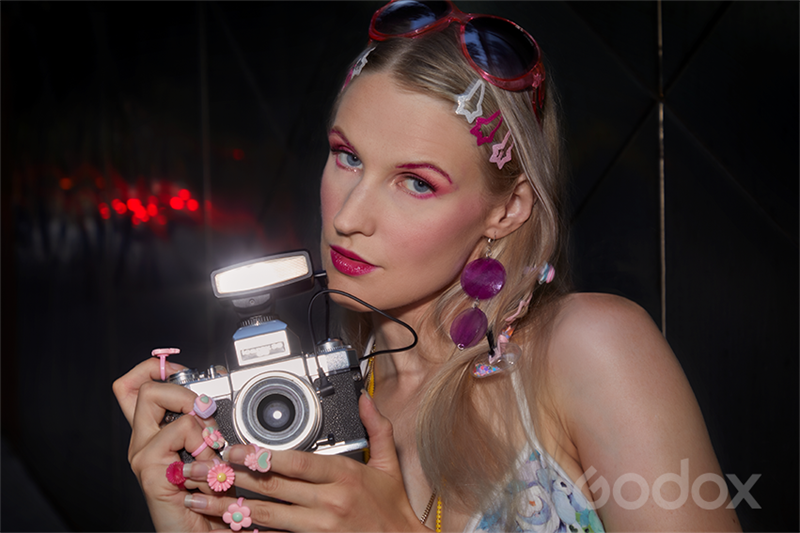
Lighting Setup 2
A hot shoe flash is usually small and lightweight, yet nowadays it's powerful enough to successfully handle many lighting situations. Whether it's at events, fashion photography, weddings, or simply our vacations, it has become a very useful tool.
There are many models and sizes, but I have always liked the ones called "Collapsible Fan style." In my collection of cameras and popular flashes, I have a Honeywell "Tilt-A-Mite" which is very beautiful and was quite popular in the 60s.
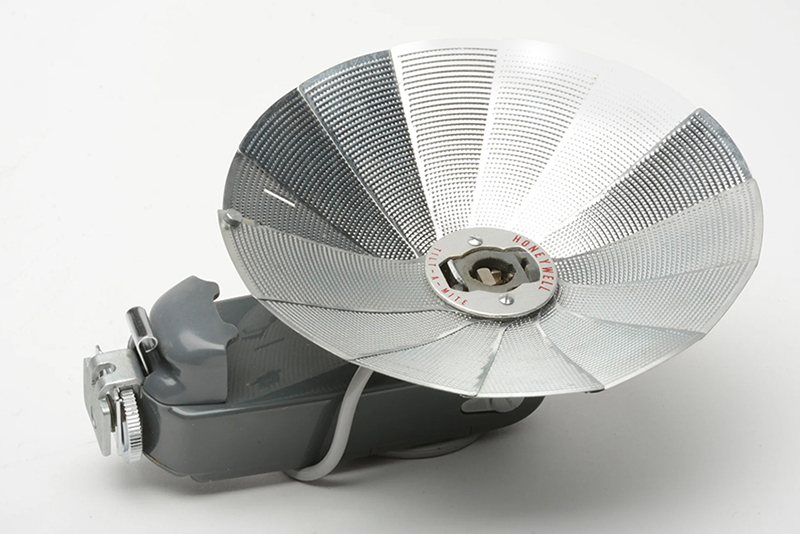
Honeywell “Tilt-A-Mite”
Nikon also manufactured the F SC-7 around the same time. Both were referred to as "Bulb flash" as they required the use of a one-time-use bulb. The bulbs could be white or blue. The blue bulbs are identified by adding the letter B (Blue) at the end of the bulb's number. For example, the Sylvania M2 bulb is white, and the M2B is blue. Blue bulbs are used for color film, while white bulbs (which produce warmer light) were commonly used for black and white film.
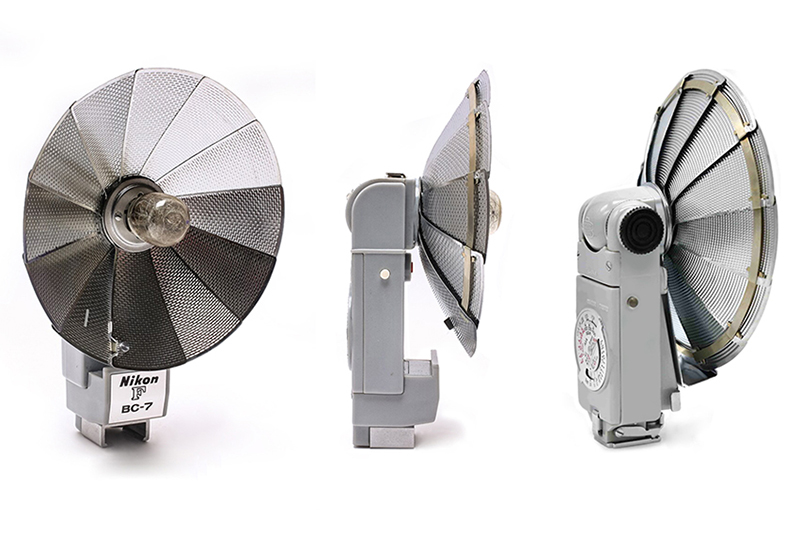
Nikon F SC-7
The big surprise nowadays is that Godox had the brilliant idea of developing two very nice and effective flash models for today's photography. It's true that there's a return to the "film era," and the use of analog cameras, so these two products that connect the style of the past with the technology of the future have been very well-received. They are the Lux series, in their Junior and Senior versions, and I've tried them!
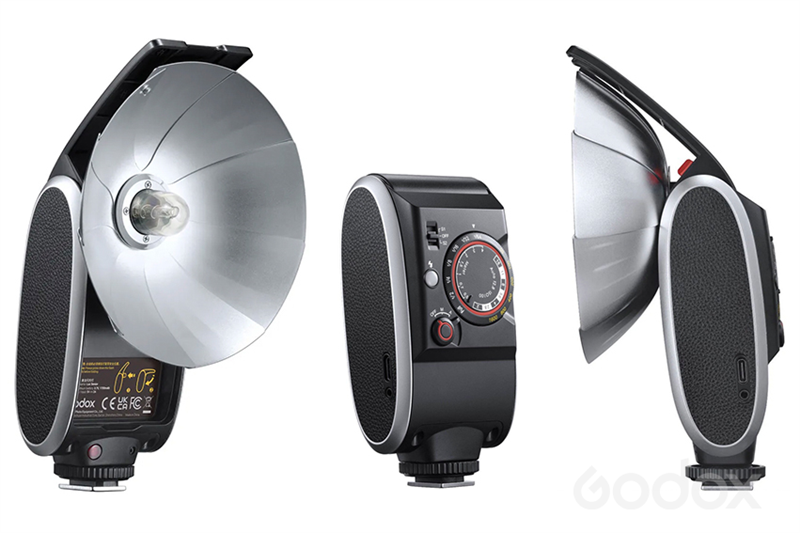
Godox Lux Senior
Lux Senior offers two ways to control the light: automatic flash mode and manual flash mode. If you choose mode A, you can forget about the settings and simply focus on creativity, or mode M to have complete control over exposure. The triggering functions include an optical mode that offers S1 and S2 settings. In S1 mode, the flash will trigger in response to another manual or TTL flash, while in S2 mode, the flash will respond similarly but ignore the first flash (pre-flash). The flash also has a sync port, useful in some circumstances.
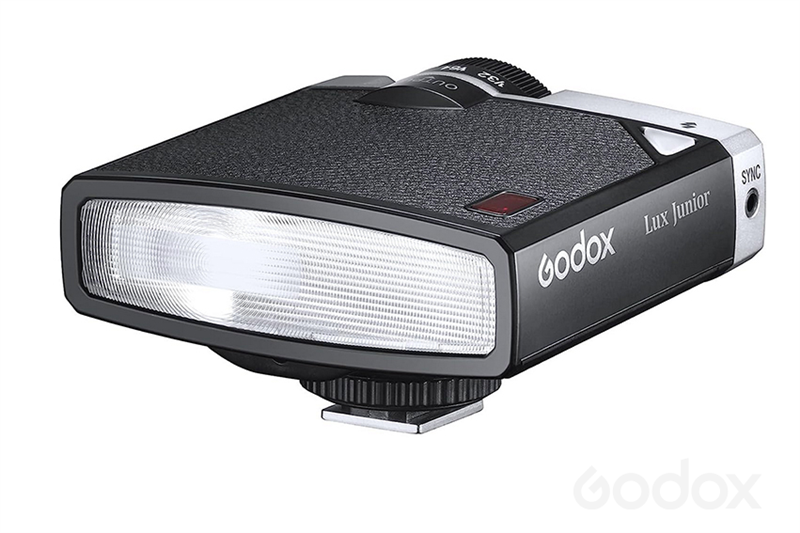
Godox Lux Junior
Lux Junior looks more like the popular flashes of the 80s. It has an easy-to-use dial used to adjust the flash in manual mode. With a universally compatible ,automatic mode that helps you calculate the correct exposure, you can dive into the creative pleasure of both digital and analog cameras. The functions are similar to those of the Senior model but it's slightly less powerful, with an NG 12 instead of the Senior's NG 14
Let's give them a try!
I started by testing the Junior. Any light source, the smaller it is, the harder, brighter, and more contrasted it becomes. On the other hand, the further away it is from the subject, the harder it becomes as well. With these premises, I took the following photo in Manual mode. The idea was to slightly underexpose the background so that the model would stand out more than the plants. Since the flash is very small, it's very close to the optical axis and minimizes shadows on the background, blending with the vegetation. Since the frame wasn't very wide, there's no significant drop in light intensity, and her entire body is evenly illuminated.
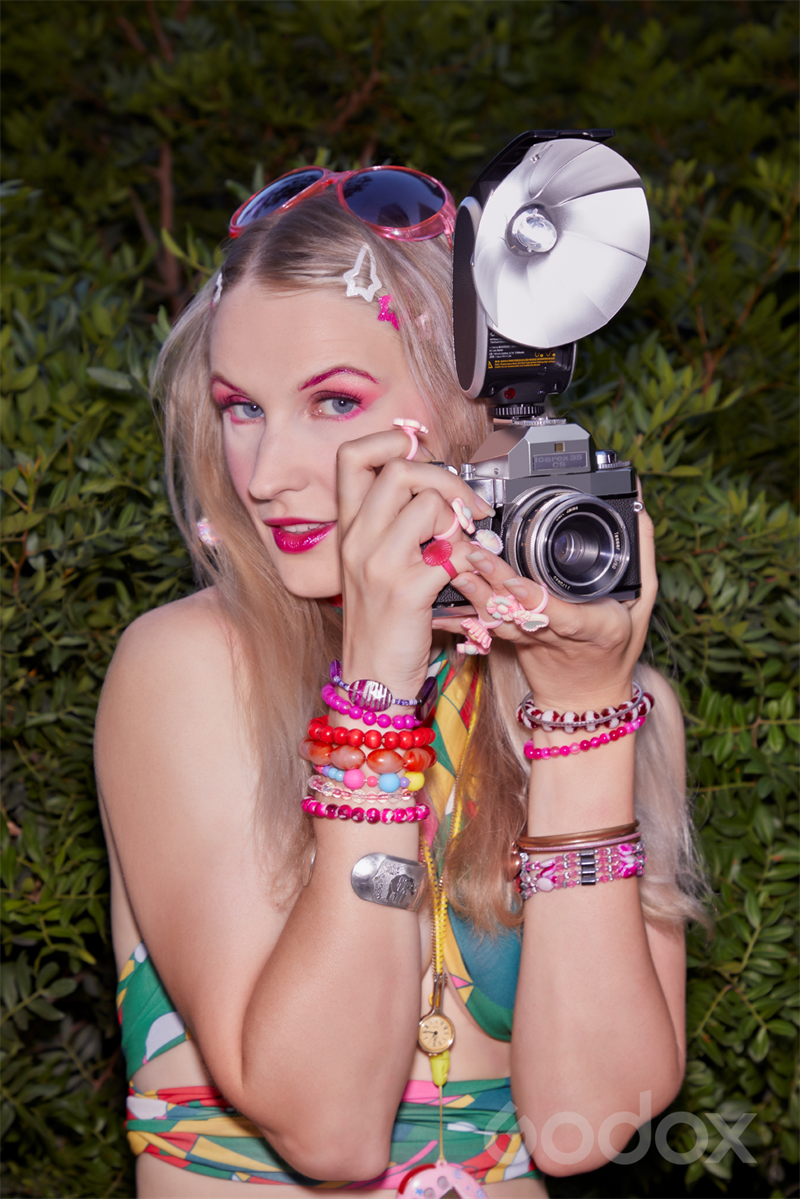
Lighting Setup 3
When testing the Lux Senior, not only do we have more power, but when the parabolic reflector is deployed, we have a larger lighting surface. As I mentioned earlier, the light beam won't be as harsh as in the Junior, and it will be wider. This means that when shooting wide frames, we don't lose light.
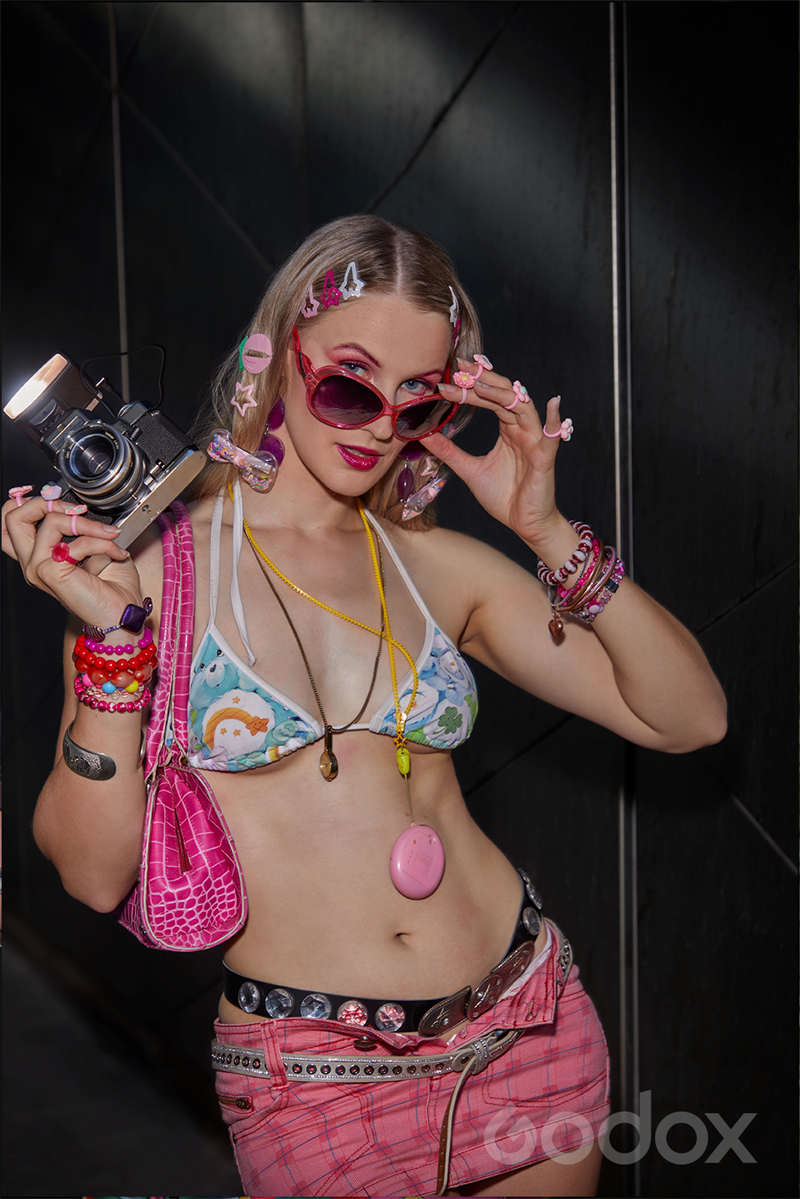
Lighting Setup 2
The following setup helps us see how the lighting contrast works when we move the light source away.
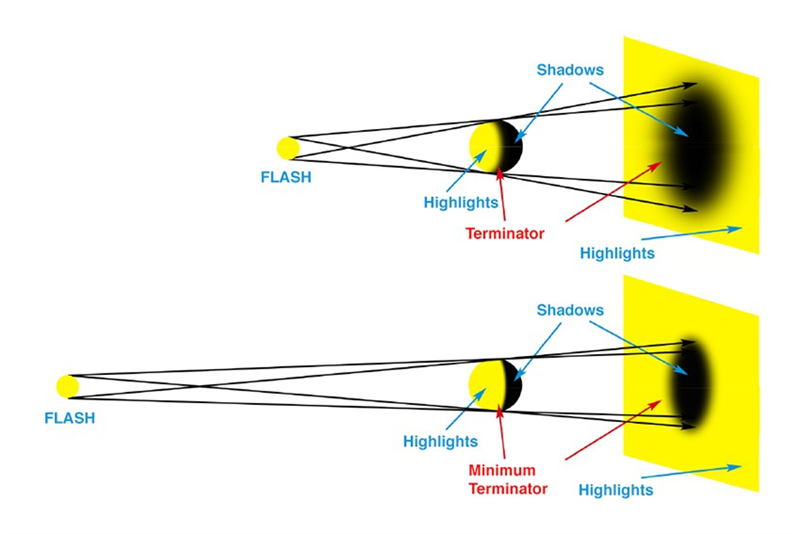
Lastly, I wanted to try these flashes of the camera, in what we usually call "off-camera flash." This was easily possible using Godox's X2T radio transmitter. It's fully compatible with automatic flash metering in TTL mode; it also provides full control over flash power in manual (M) and stroboscopic (Multi) modes.
In both cases, the user can use flash exposure compensation or manually set flash power. Very short exposure synchronization (HSS) and first and second curtain flash modes are also available.
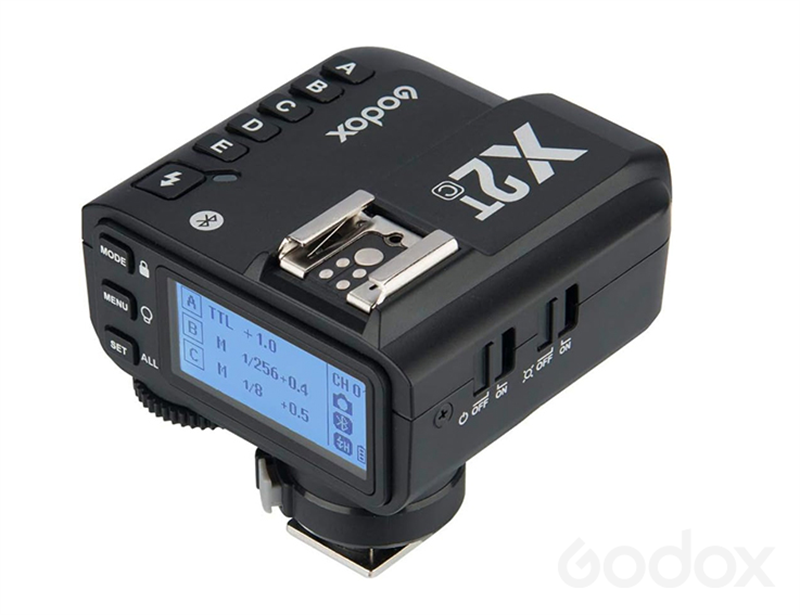
Godox X2 TTL Wireless Flash Trigger
For the next photo, I used the Lux Junior flash again, as it would give me more contrast than the Senior, and I wanted to add some volume to the model's face while separating her from the background.
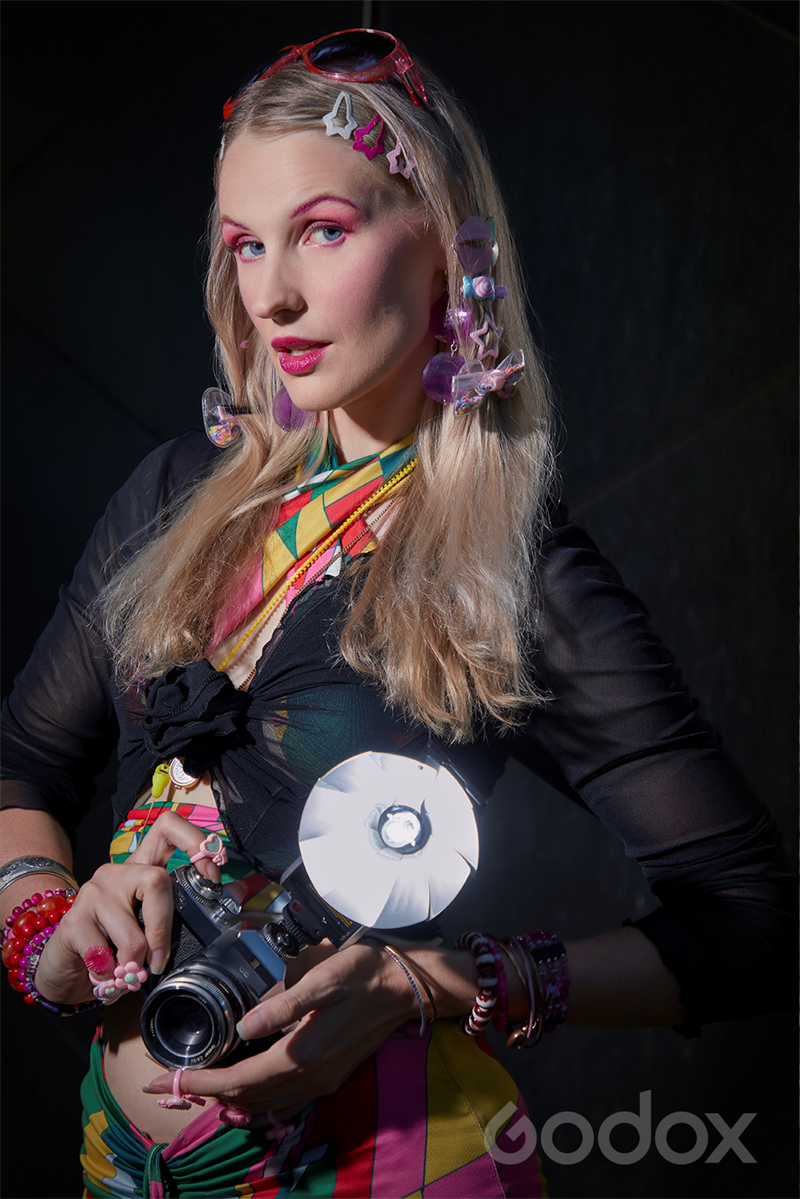
Lighting Setup 4
The experience with these little gems has been incredible! Both are very consistent in light quality, emit sufficient power for situations like these, and are also very attractive. What more can we ask for?
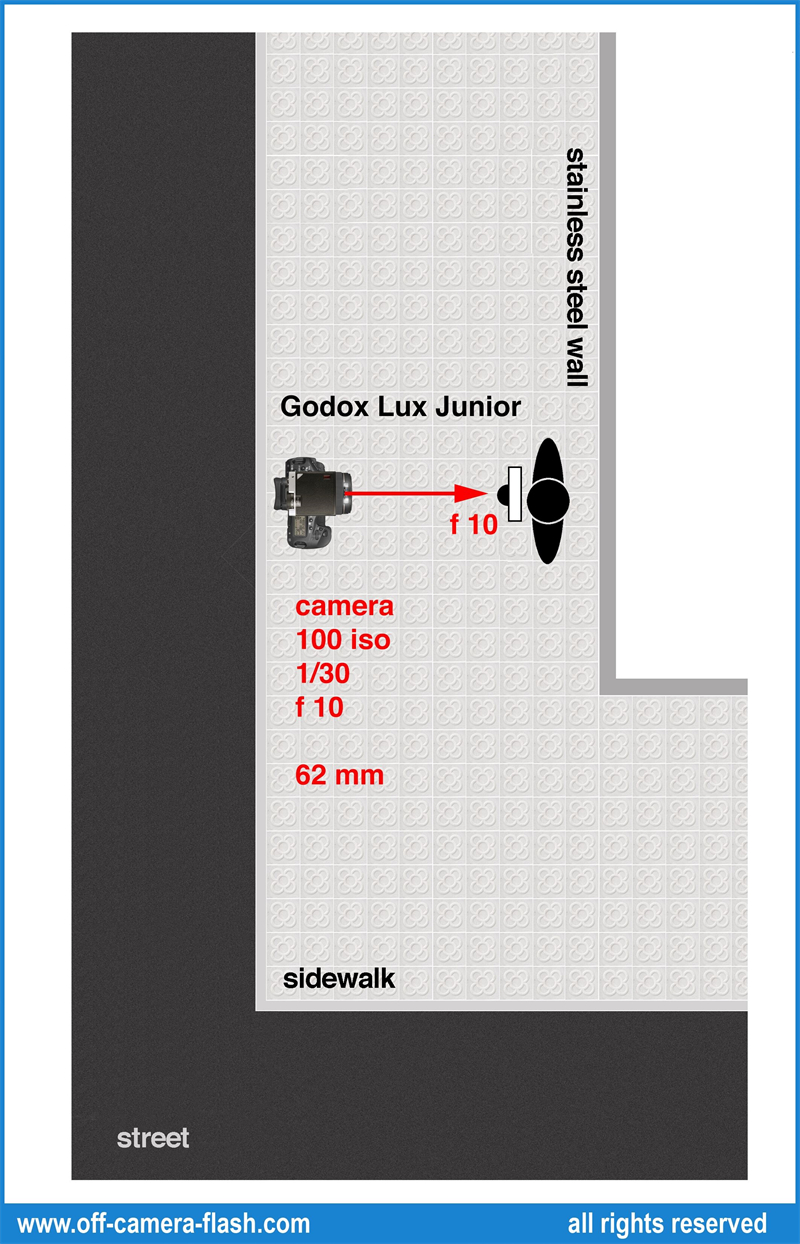
Lighting Setup 1
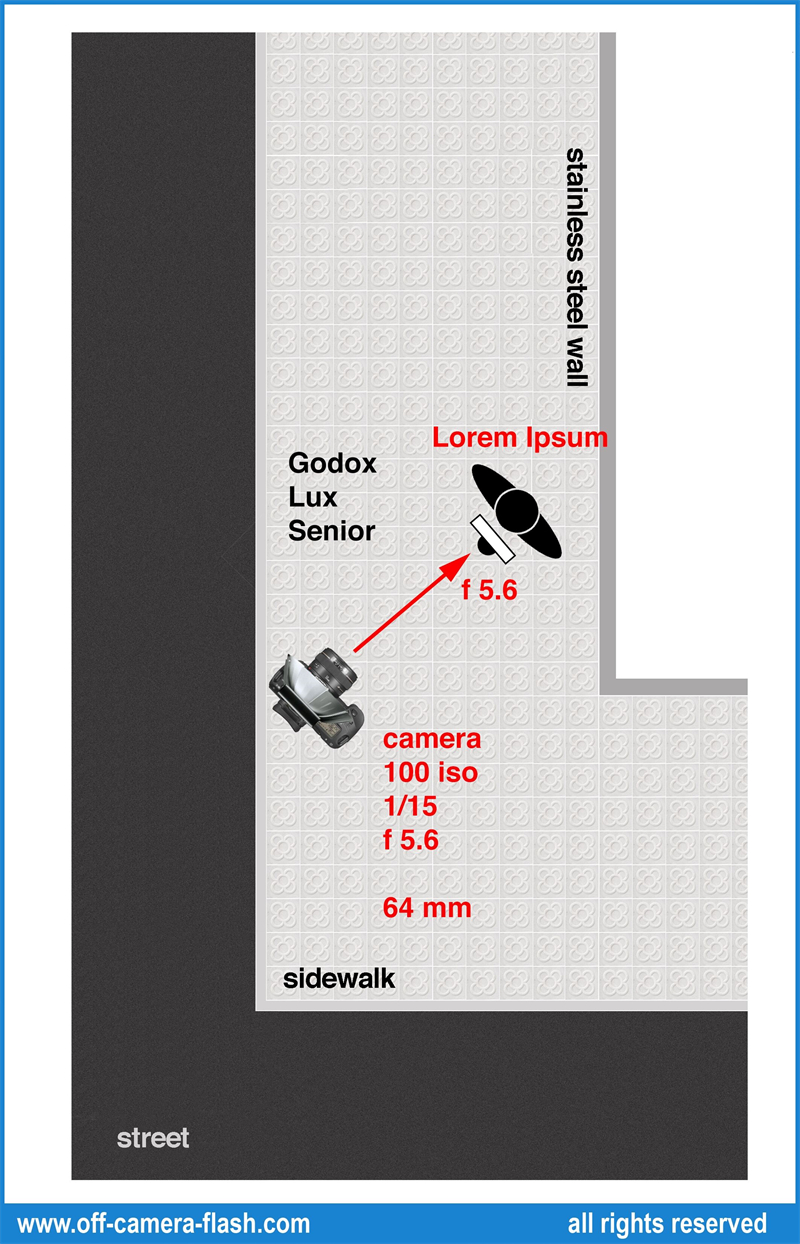
Lighting Setup 2
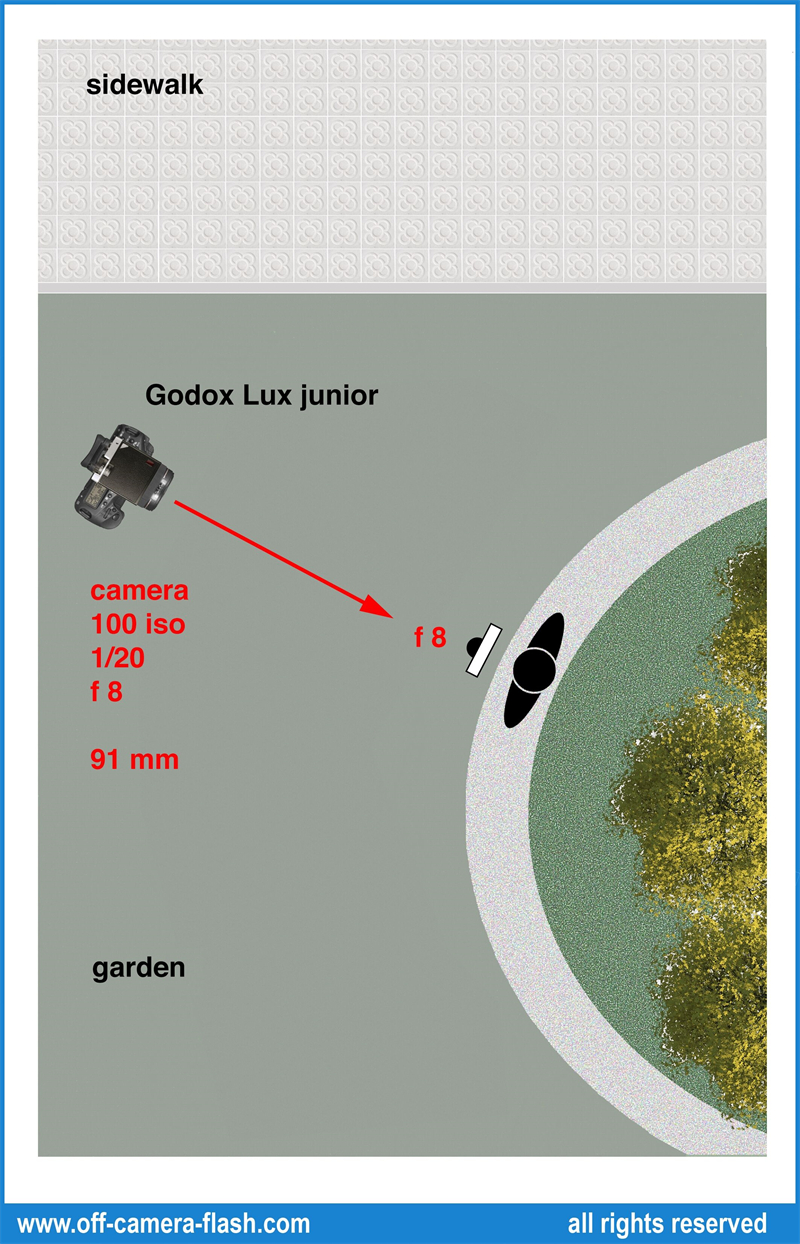
Lighting Setup 3
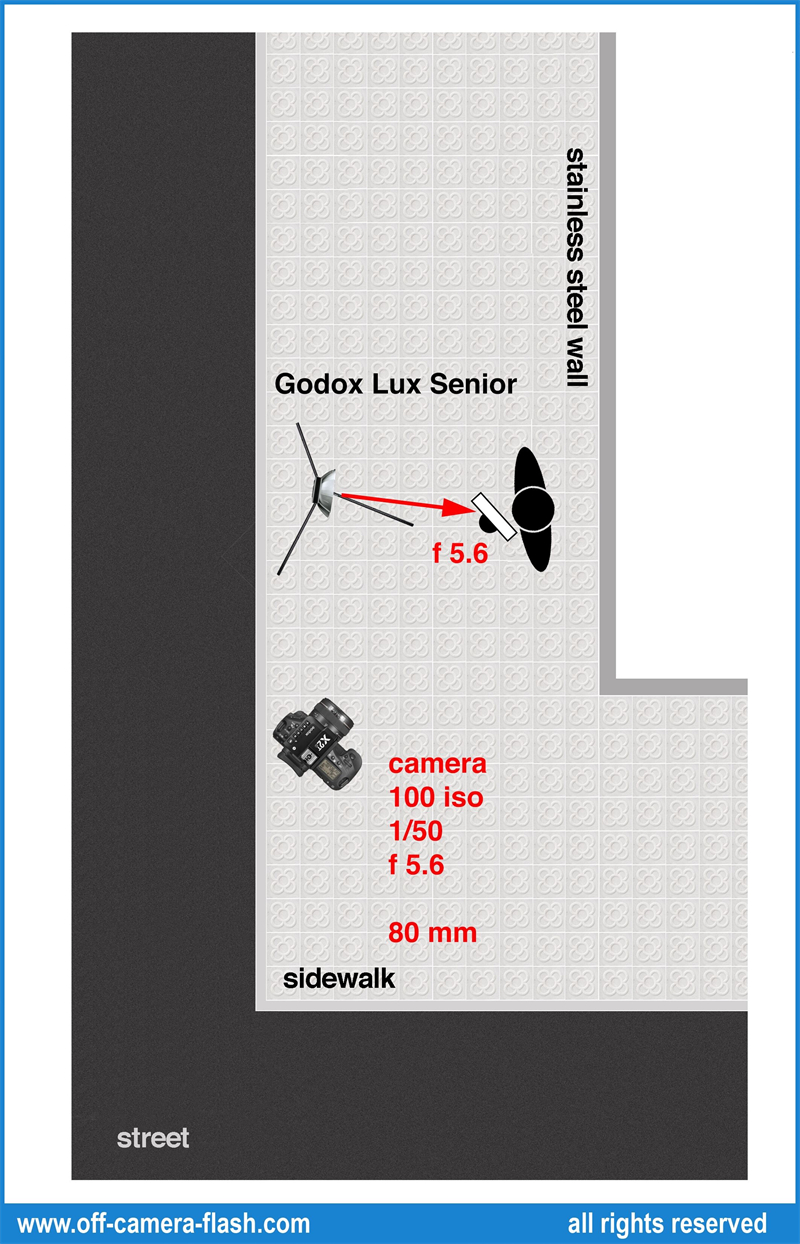
Lighting Setup 4
All rights reserved. © Marcelo Isarrualde
Partial or total reproduction prohibited without the written consent of the author.